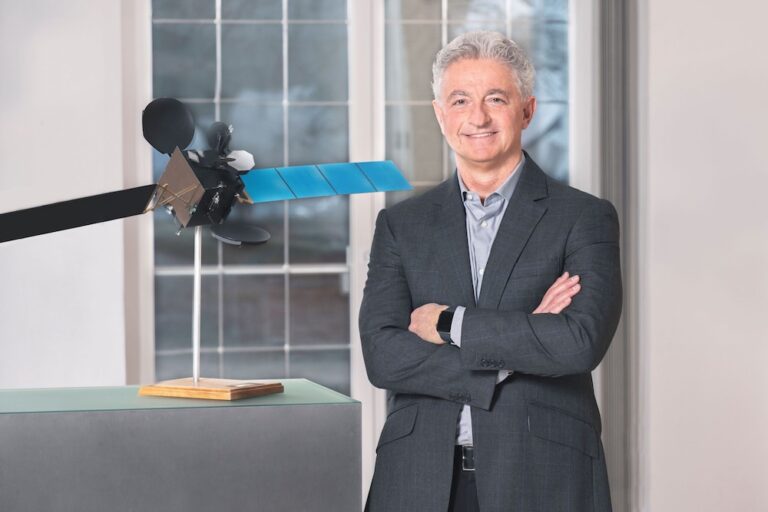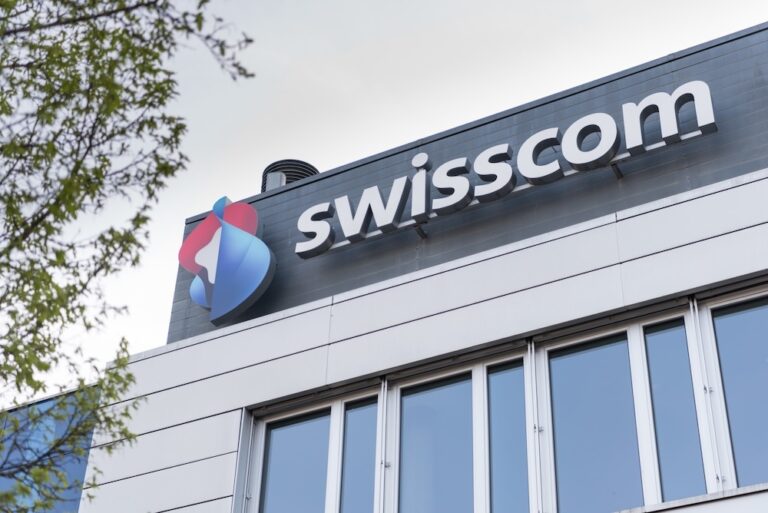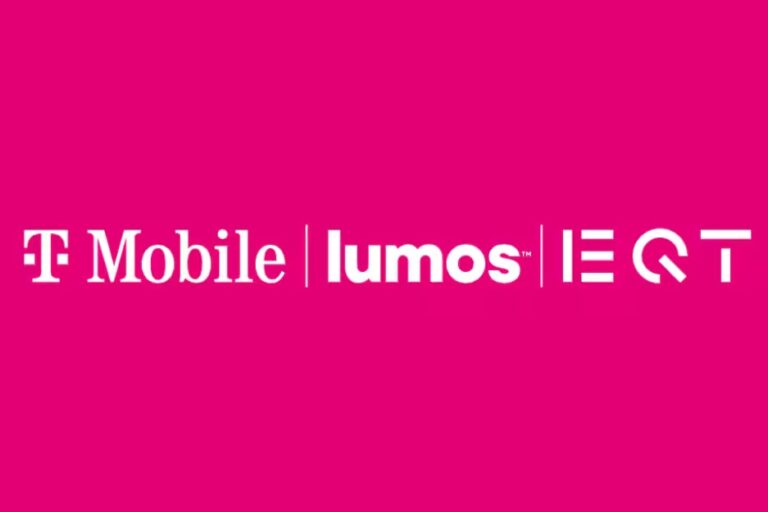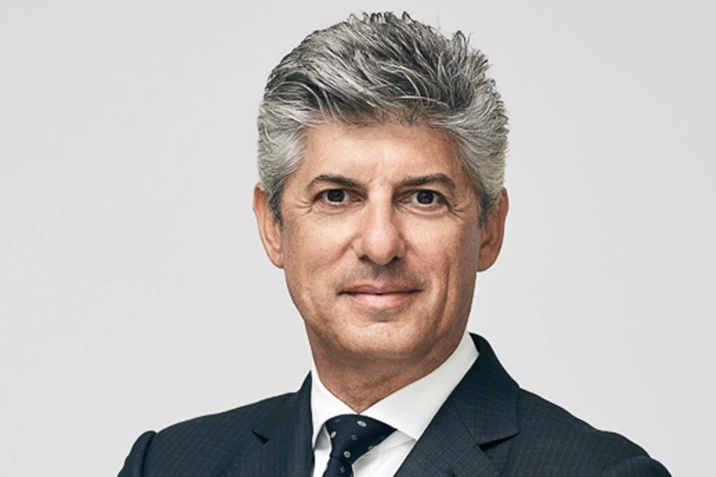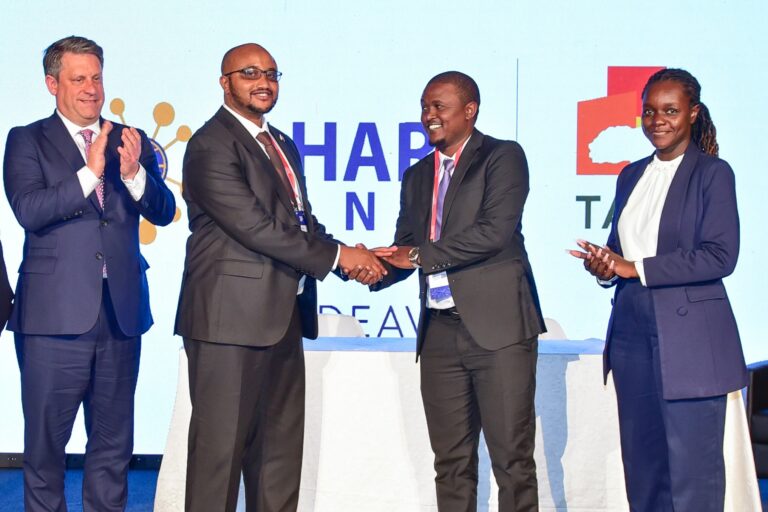The towerco also has opportunities after the arrival of MásOrange and Digi Spain’s subsequent market approach
Cellnex Telecom has posted revenues of €946 million (+7%) and its adjusted EBITDA grew to €778 million (+7%) with a clear drive from its PoPs (Points of Presence) organic growth (+10.7%) in Q1 2024. The towerco saw a net loss of €39 million, however this represented a €52 million improvement over the first quarter of 2023 (-€91 million), reflecting the growth in the Group’s EBITDA.
Cellnex announced on 5 March the sale of its business in Ireland to Phoenix Tower International for €971 million, equivalent to a multiple of 24x EBITDAaL. The company expects non-binding offers for its Austrian business in May. Saudi Arabia’s stc Group and sovereign fund PIF may bid for Cellnex’s Austrian unit, El Economista newspaper reported, citing unidentified industry sources.
Cellnex CEO Marco Patuano said the towerco was making “good progress” on its “next chapter”. “Having obtained our investment grade rating by S&P much earlier than originally planned, we confirm an unconditional commitment to maintain this credit rating level both by S&P and Fitch,” he said.
“From the leveraging perspective we’re making remarkable progress thanks to the disposal of the sites in France, our agreement in the Nordics and our recently announced exit from Ireland. This closest process is on track, we presented all the documents, the relevant documents to the antitrust and leverage will be reduced by €971 million when completed and paid,” he added.
He also confirmed progress on forming “LandCo”, a new Spanish company dedicated to holding all of Cellnex’s land assets as part of an effort to maximise value. “We are trying to start to evaluate if it could be appropriate to transfer existing portfolios into the newly created LandCo or not. This depends very much on the tax efficiency of this process,” he said.
Spanish consolidation will happen
Speaking on the company’s analyst call, Patuano said it was not a question of “if” the Spanish tower market will consolidate but “when and how.”
“Obviously, American Tower invested a very significant amount in Spain in their acquisition of the tower from Telefonica. So my base case is that American Tower will be a long-term player. And we are here since ever and so this is our home market, and we know it fairly well,” he said.
“I think that the Spanish Tower market is four tower operators, and in a while, there will be more tower operators than operators, which means that this is something that possibly is going to happen. Then I ask myself if this will be a game of combination or a game of someone exiting from the market. I don’t exclude that it could be a combination game,” he added.
MásOrange network redesign
Patuano said that the MásOrange merger has raised two questions from a network standpoint – with the entire Spanish market becoming way more interesting.
“…Please don’t take as being offensive with anyone, [but] the network quality of Másmovil was not at the standard of the network quality of Orange. But on the other side, the network quality of Orange is not capable to receive the entire customer base of Másmovil,” he said.
“What is clear is that MásOrange should make a fairly, I don’t want to say complicated, but fairly big project of the network redesign,” he said. “We are talking with the MásOrange CTO in order to understand how we can support them in making efficiency in the periphery of the network, where the network can be optimised.”
He added: “Possibly, there are sites and antenna both from Másmovil and Orange, and it’s not necessary to have both, but to densify the network where the density of the clients is higher.”
“In this, there is the big question mark,” he said. “You know that Orange had a RAN sharing with Vodafone in the so-called jumping network. The territory of Spain was divided in two areas. Let’s make a proxy. The coastline was covered by Orange with the exception of Catalonia, and Catalonia and the inner land was covered by Vodafone with their network.”
He added: “So, also, Vodafone passed through a change of control or better, it’s passing through a change of control, and so the future evolution of this joint venture is in a delicate moment because of all the changes at the proprietary level.”
Patuano said it was unclear with Digi is going to do, adding that Cellnex is discussing options with the telco. “What is almost sure is that there are two points that are almost sure,” he said. “One is that they are not going to make a nationwide network, so the vast majority of their coverage will be through a RAN sharing, and the second is that in order to keep the frequencies, they have to use the frequencies, otherwise they lose the frequencies. So, this means that they have to do – they will do some RAN sharing and some new emplacement.”
Polish evolution
Patuano told analysts the towerco continues to look closely at its Polish operations. “It’s not a mystery that we are looking towards the evolution of Poland. The evolution of Poland is we have a potential opportunity to consolidate the active market in Poland,” he said. “If this would be the case, it would be appropriate for us to welcome a co-investor who can work with us. This can turn into some capital repatriation, so there is – there are many projects.”
He pointed out Poland could readily be densified in terms of passive infrastructure. “There is a quite significant lack of coverage when you go out of the major cities and there is the RAN component, both in terms of existing relation with [Polsat Plus] and the possibility of having a partnership also with Play,” he said. “So, this is a big project. It is something that we’re looking at. Is there interest? Yes, there is interest. So, we are working with some counterpart who could be focused on this.”
Business lines in detail
EBITDAaL stood at €535 million (+9%) showing a disciplined approach to Opex and lease management. Free cash flow was €103 million vs -€139 million from the same period of the previous year, due also to proceeds from the second tranche (€152 million) of the sale of sites in France, in accordance with the remedies established by the French Competition Authority (FCA) following the purchase of Hivory in 2021.
For better transparency, Cellnex began reporting revenues from its four business lines. Towers accounted for 82% of revenues, with €776 million (c.+5%). DAS, Small Cells and RAN as a service contributed 6% of revenues, with €59million (c.+21%). Fibre, connectivity and housing contributed 5% of revenues with €47 million (c.+24%) while broadcasting contributed 7% of revenues with €64 million (c.+2%).
As of 31 March, Cellnex had a total of 112,247 operational telecom sites: 23,861 in France, 22,559 in Italy, 16,227 in Poland, 13,341 in the United Kingdom, 8,770 in Spain –the Group’s five main markets–, and a total of 27,489 sites in the rest of the countries in which it operates (6,571 in Portugal, 5,498 in Switzerland, 4,639 in Austria, 3,979 in the Netherlands, 3,158 in Sweden, 1,652 in Denmark and 1,992 in Ireland); in addition to 1,892 Broadcasting & Others sites and 10,252 DAS and Small Cells nodes.
Organic growth of points of presence at sites was +10.7% compared to the same period of 2023, 7.5% from new colocations in existing sites, with a total of 3,390 – with Italy and Portugal standing out in this field – and 3.2% from the rollout of 1,454 new PoPs during the period due to the progress made in the BTS (Built to Suit) programmes in France, Italy and Poland.


